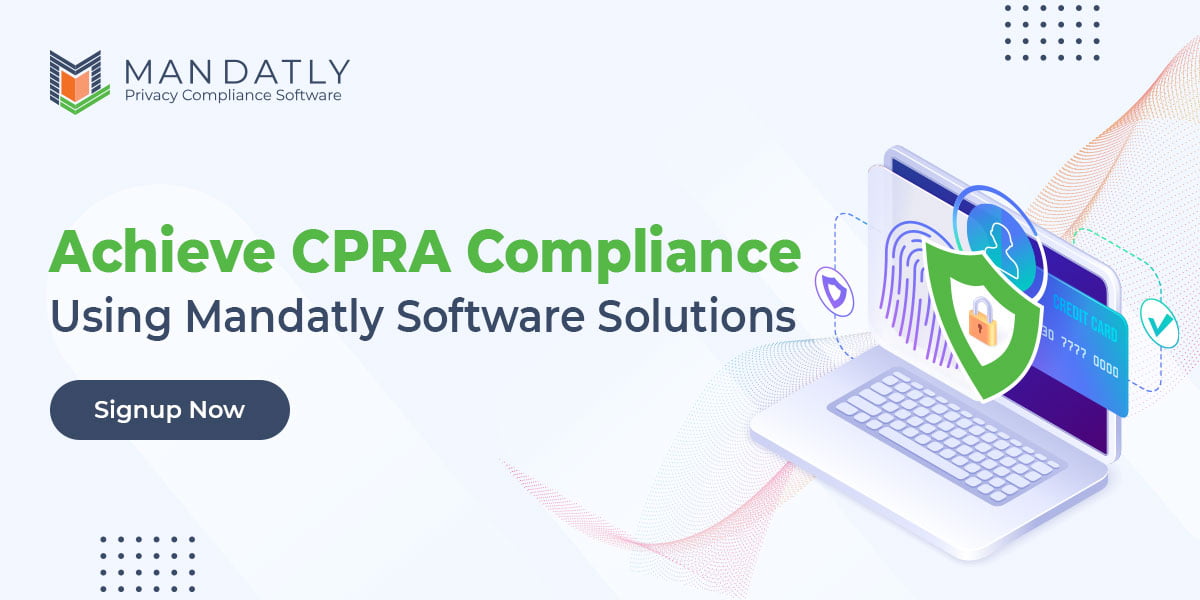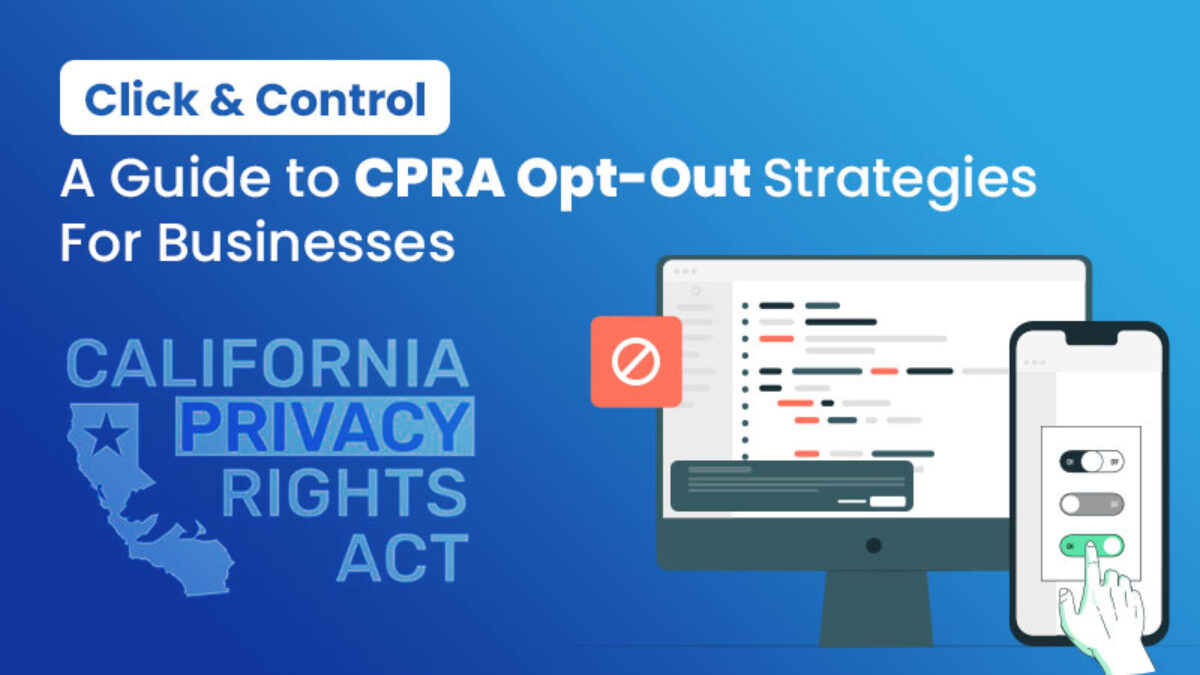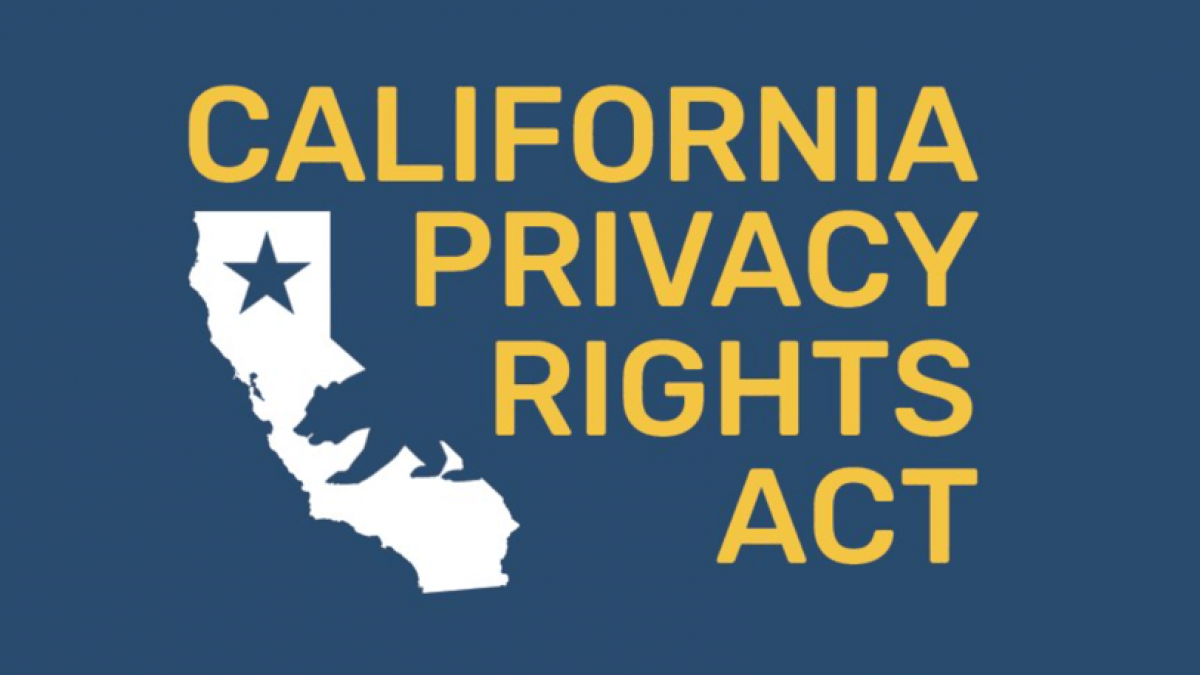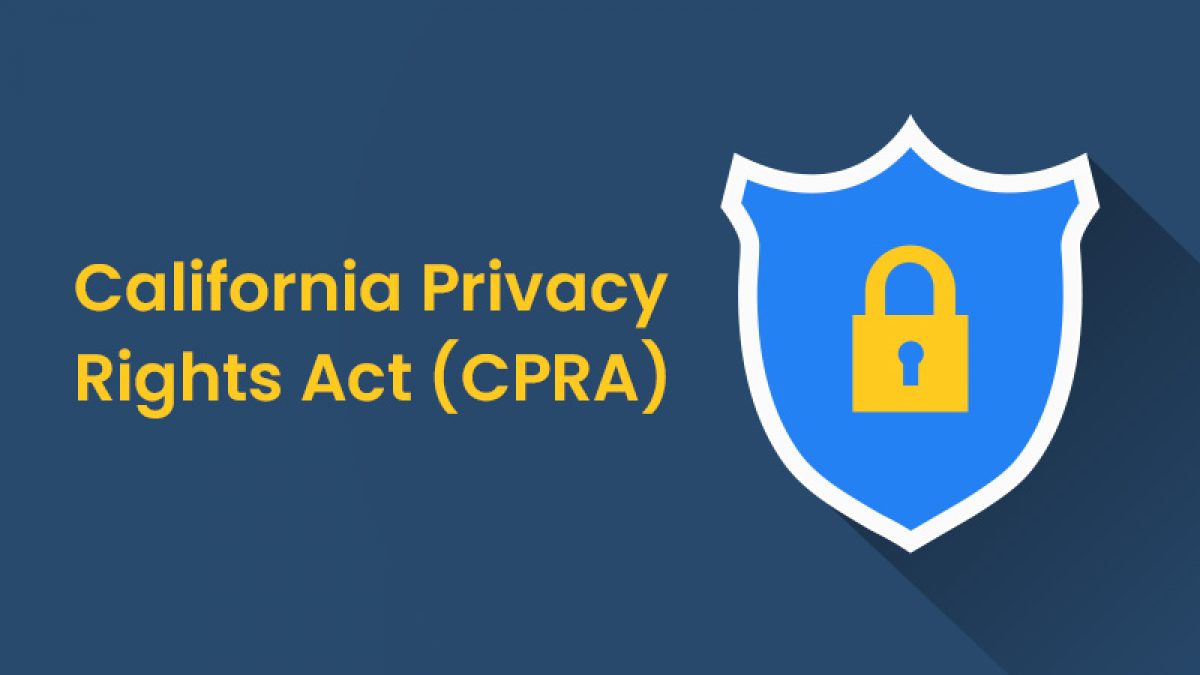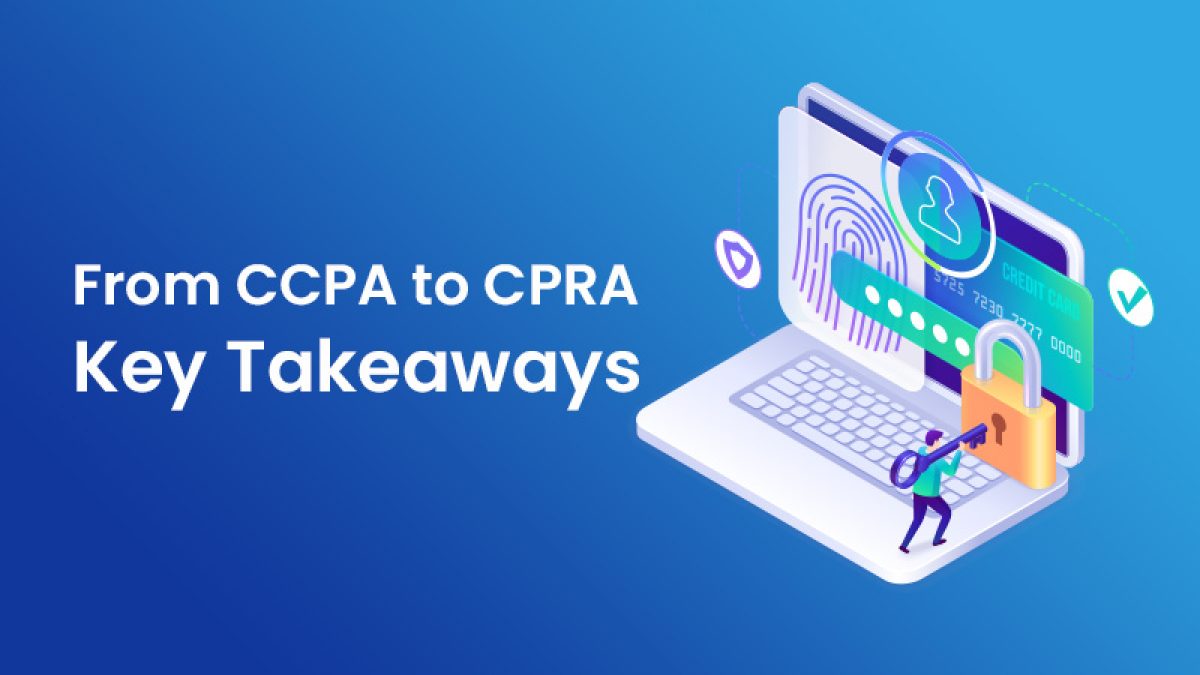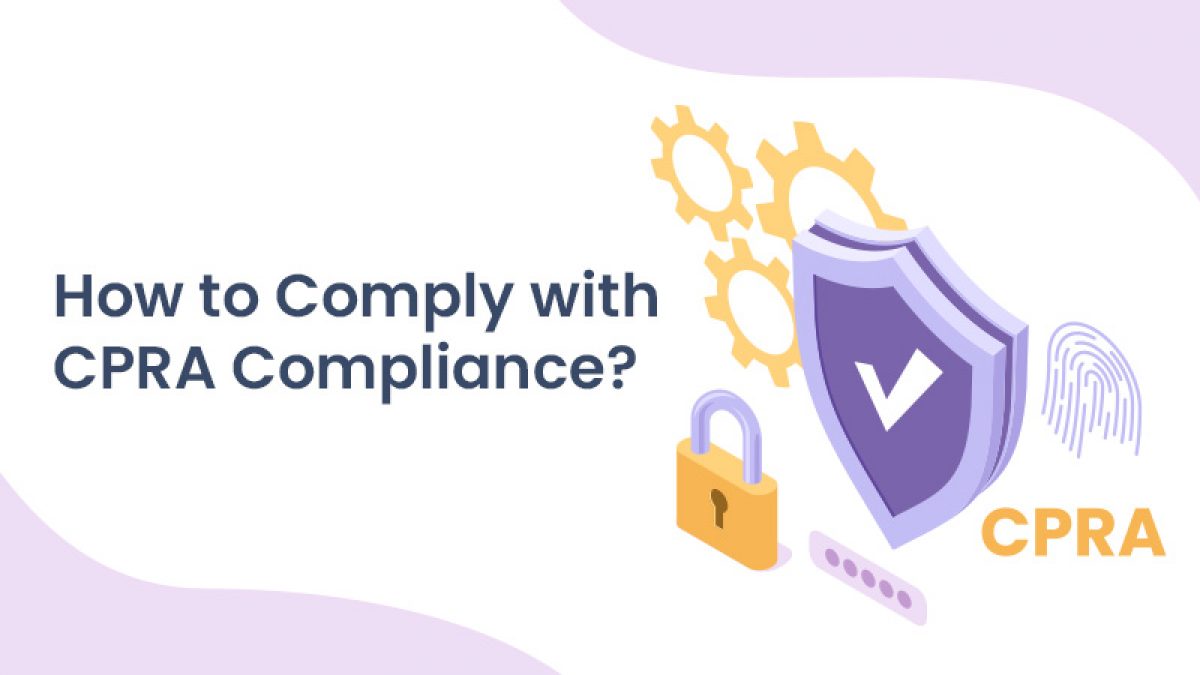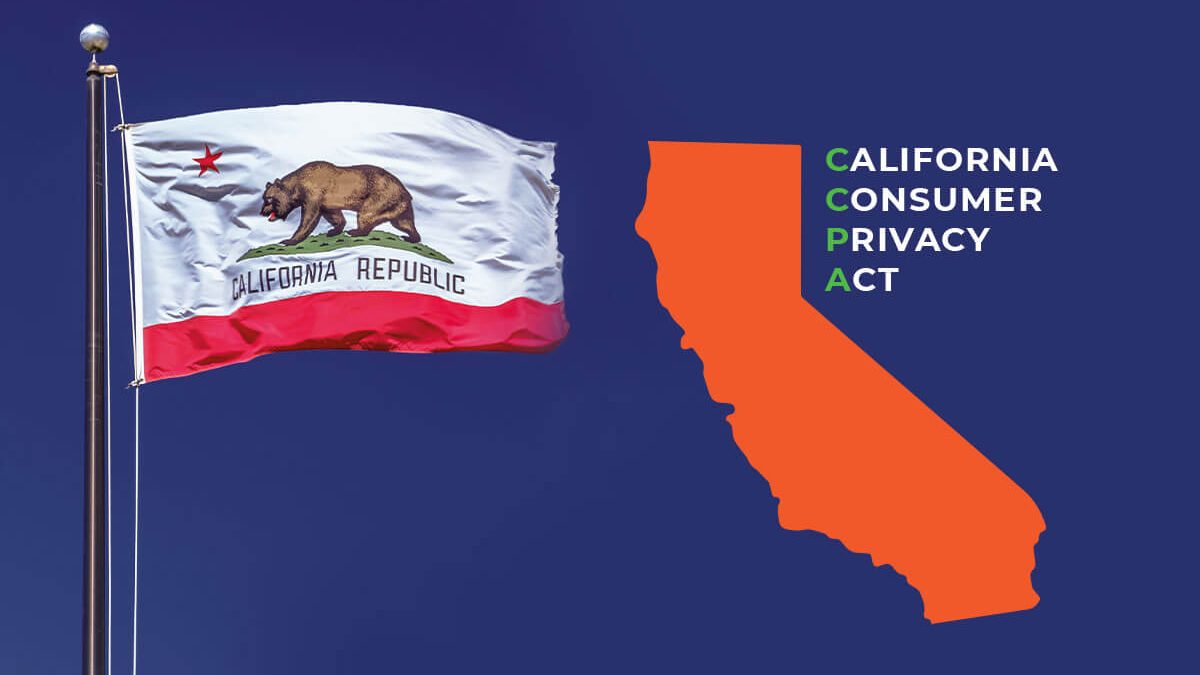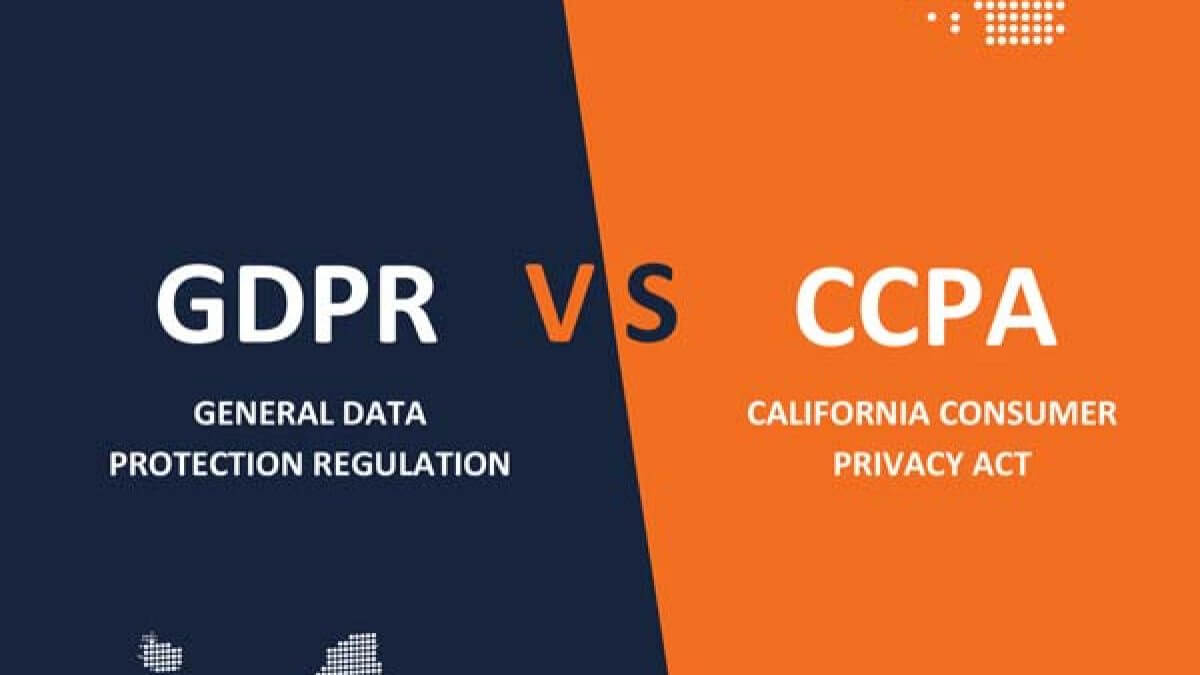Data Mapping Requirement for CPRA & CCPA Compliance
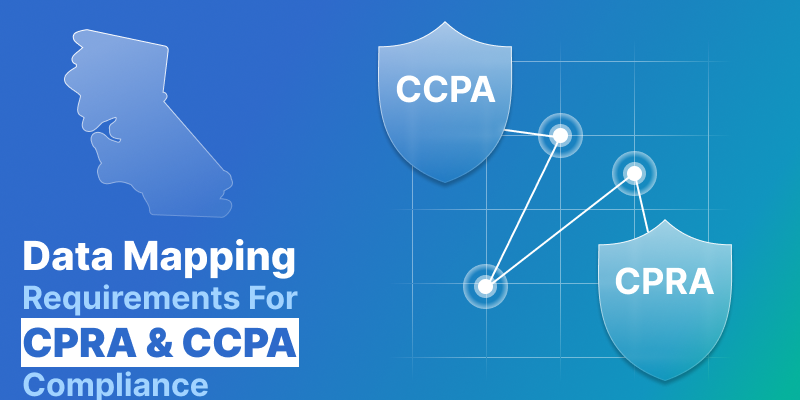
What are the CPRA Data Mapping Requirements?
The California Consumer Privacy Act (CCPA) and its amendment, the California Privacy Rights Act (CPRA), have introduced new requirements for businesses operating in California. One crucial aspect of compliance with these regulations is data mapping. Data mapping involves identifying and understanding the flow of data within an organization to ensure the proper handling of personal information. In this article, we will explore the basics of CCPA/CPRA, the key data mapping requirements, challenges that businesses may face, strategies for effective data mapping, and its implications for privacy rights.
Understanding the Basics of CCPA/CPRA
To comprehend the data mapping requirements under CCPA/CPRA, it is essential to have a solid understanding of these regulations. CCPA and CPRA are privacy laws designed to protect the personal information of California residents. They grant consumers certain rights, such as the right to access, delete, and opt out of the sale of their personal data. These laws apply to businesses that collect personal information from California residents and meet specific criteria.
Defining CCPA and CPRA
The California Consumer Privacy Act (CCPA) was enacted in 2018 and became effective on January 1, 2020. It grants California residents the right to know what personal information is being collected and to request the deletion of their data. The California Privacy Rights Act (CPRA), passed in November 2020, enhances, and expands the provisions of CCPA. It introduces additional privacy rights, imposes stricter obligations on businesses, and establishes the California Privacy Protection Agency to enforce these regulations.
The Importance of Data Mapping in CCPA/CPRA
Data mapping plays a vital role in CCPA/CPRA compliance. Understanding how personal information flows within an organization is crucial for several reasons. Firstly, it enables businesses to accurately identify the personal information they collect, process, and share with third parties. This is essential for fulfilling consumer access requests and responding to deletion and opt-out requests effectively. Additionally, data mapping helps businesses maintain an accurate data inventory, ensuring they have a comprehensive record of the personal information they handle.
Moreover, data mapping provides businesses with valuable insights into their data practices. By mapping out the flow of personal information, organizations can identify potential vulnerabilities and areas where data protection measures can be strengthened. This proactive approach allows businesses to enhance their data security and minimize the risk of data breaches or unauthorized access.
Furthermore, data mapping facilitates compliance with other aspects of CCPA/CPRA. For instance, under these regulations, businesses are required to provide consumers with a clear and concise privacy notice that outlines their data collection and processing practices. By having a thorough understanding of their data flows, businesses can create accurate and informative privacy notices that empower consumers to make informed decisions about their personal information.
Key Data Mapping Requirements under CCPA/CPRA
Complying with CCPA/CPRA data mapping requirements involves several crucial steps. Here are the key elements businesses need to consider:
Identifying Personal Information
A crucial aspect of data mapping is identifying and classifying personal information. CCPA/CPRA broadly defines personal information to encompass various data elements that can be used to identify an individual. Businesses must evaluate their data collection practices and determine which data elements fall under the scope of personal information. This may include names, addresses, unique identifiers, IP addresses, biometric data, and more.
Identifying personal information is not a simple task. It requires a comprehensive understanding of the different types of data that can be used to identify an individual. For example, while names and addresses are obvious identifiers, businesses must also consider less obvious elements such as IP addresses and biometric data. These elements may not immediately come to mind when thinking about personal information, but they can still be used to identify individuals and are therefore subject to CCPA/CPRA regulations.
Mapping the Data Flow
Once personal information is identified, businesses need to map its flow within their systems. This involves understanding where personal information is collected, how it is transferred within the organization, and if it is shared with third parties. Mapping the data flow helps businesses identify potential vulnerabilities and weaknesses in their data handling practices. It also aids in ensuring the proper implementation of privacy controls and safeguards.
Mapping the data flow is like creating a detailed roadmap of how personal information travels within an organization. It requires businesses to examine their data collection points, such as websites, mobile apps, or customer service interactions, and trace the path that data takes from these points to its destination. This process helps businesses gain a holistic view of their data ecosystem and enables them to identify any potential gaps or areas where data protection measures can be enhanced.
Maintaining Data Inventory
Another critical data mapping requirement is maintaining an updated data inventory. This involves keeping a comprehensive record of the personal information collected, the purposes for which it is used, and any third parties with whom it is shared. A data inventory helps businesses respond to consumer requests accurately and provides transparency about data processing activities.
Maintaining a data inventory is an ongoing process that requires constant vigilance. As businesses continue to collect and process personal information, they must ensure that their data inventory remains up to date. This includes documenting any changes in data collection practices, new purposes for data usage, or updates to third-party relationships. By maintaining an accurate and detailed data inventory, businesses can demonstrate their commitment to transparency and accountability, which are essential principles under CCPA/CPRA.
Challenges in CCPA/CPRA Data Mapping
Data mapping under CCPA/CPRA can present challenges for businesses. Here are a couple of key obstacles:
Complexity of Data Sources
Modern organizations collect and process data from multiple sources, including websites, customer relationship management systems, third-party vendors, and more. Ensuring comprehensive data mapping becomes challenging due to the complexity and variety of data sources, especially for large enterprises with multiple systems and data repositories.
Furthermore, the diverse nature of data formats and structures across different sources adds another layer of complexity. Data may exist in structured databases, unstructured documents, or semi-structured formats, making it difficult to create a unified data map that encompasses all relevant information. This variety requires businesses to invest in robust data discovery tools and techniques to accurately identify, classify, and map data across disparate sources.
Evolving Regulatory Landscape
The privacy landscape continues to evolve rapidly, with new regulations and amendments. Staying up to date with the latest legal requirements related to data mapping can be demanding for businesses. Adapting data mapping practices to comply with emerging regulations and addressing regulatory changes promptly can be time-consuming and resource intensive.
Moreover, the interconnected nature of global data protection laws further complicates the regulatory environment. Businesses operating across multiple jurisdictions must navigate a web of regulations, each with its own set of data mapping requirements. This necessitates a proactive approach to monitoring regulatory updates, conducting impact assessments, and adjusting data mapping strategies to ensure compliance on a global scale.
Strategies for Effective CCPA/CPRA Data Mapping
Despite the challenges, businesses can implement effective strategies to ensure compliance with CCPA/CPRA data mapping requirements. Here are two key strategies:
Leveraging Automation Tools
Using automation tools can simplify the data mapping process and enhance its accuracy. These tools can help businesses identify personal information, map its flow, and maintain a comprehensive data inventory. Automation reduces manual effort and enables organizations to respond promptly to consumer requests and adapt to evolving regulatory requirements.
Regular Auditing and Updating
Regularly auditing and updating data mapping practices is crucial for maintaining compliance. Businesses should periodically review and assess their data mapping processes, ensuring alignment with the latest legal requirements. By conducting regular audits, businesses can identify any gaps or areas for improvement, make necessary adjustments, and minimize the risk of non-compliance.
Mandatly's Automated Data Mapping Solution
Data Inventory and mapping management solution simplifies the task of maintaining system & data inventory of your data assets and visualize in a single pane of glass. Gain visibility into personal data you have collected, retained and processed. With Mandatly’s Data Inventory Software Solution you can centralize all your system and processing activities to keep them up to date for “lookback” and fulfil subject access requests. Know more about our solution.
CCPA/CPRA Data Mapping and Privacy Rights
Data mapping directly impacts privacy rights granted to consumers under CCPA/CPRA. Let us explore two significant aspects:
Consumer Access Requests
Data mapping facilitates accurate and efficient responses to consumer access requests. When consumers exercise their right to know what personal information businesses hold about them, data mapping enables organizations to locate and provide the requested information promptly. This transparency is fundamental for promoting consumer trust and demonstrating compliance.
Deletion and Opt-Out Requests
Data mapping also plays a critical role in fulfilling deletion and opt-out requests from consumers. When consumers request the deletion of their personal information or opt-out of the sale of their data, businesses relying on accurate data mapping can swiftly identify and remove the requested information from their systems. Proper data mapping ensures compliance with consumer privacy preferences and helps organizations avoid potential penalties and reputational damage.
Conclusion
Complying with CCPA/CPRA data mapping requirements is essential for businesses operating in California. Understanding the basics of CCPA/CPRA, identifying personal information, mapping the data flow, and maintaining a comprehensive data inventory are key elements of successful data mapping. Despite challenges such as the complexity of data sources and the evolving regulatory landscape, businesses can implement effective strategies by leveraging automation tools and regularly auditing and updating their data mapping processes. Data mapping directly influences privacy rights, enabling accurate responses to consumer access requests and ensuring compliance with deletion and opt-out requests. By prioritizing data mapping, businesses can navigate the complex privacy landscape and build trust with consumers while meeting their legal obligations.
